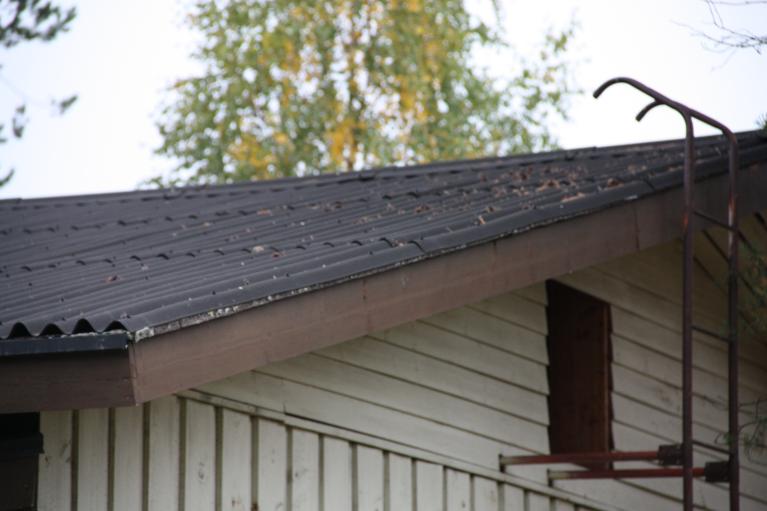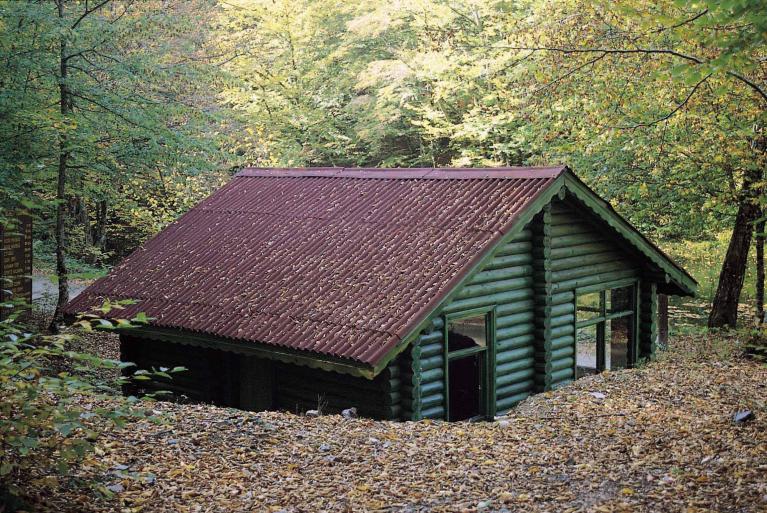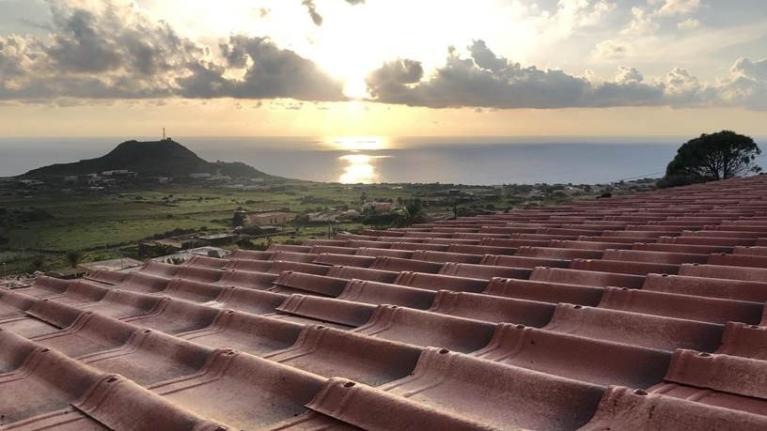The roof is a surface that is sensitive to external attack and vulnerable to damage from an early stage. If your roof is invaded by the formation of moss, lichens or fungi, it's time to deal with it.


Factors that encourage moss growth
The orientation of the house or building plays an important role in moss growth on roofs. The less the roof is exposed to the sun, the higher the risk of plant growth.
If the roof is shaded or if you live in an area with little sunshine, the humidity of the atmosphere will encourage moss development.
Moss removal: a necessity to preserve your roof
In the long term, the presence of these plants can cause real damage to your roof. Together with cold and frost, these plants cause cracking in panels, tiles and slates, threatening the watertightness of the structure. Cleaning the roof and removing moss is thus essential to ensure its longevity.
Moss removal also has an aesthetic purpose – clearing plant growth will restore the original appearance of your roof.
When should you remove roof moss?
Moss needs humidity to grow. The best time to maintain your roof should thus be determined based on the weather forecast.
For example, there's no point doing the job in rainy weather.
Moss removal can be carried out once or twice a year:
- In spring: to check the condition of your roof after the winter. This is also an opportunity to clean it before summer.
- In late autumn: just after the leaves fall is an ideal time to clear debris from your roof – moss, dead leaves, lichen, fungi.
Removing moss from the roof: our tips
The best way to proceed is to call in a professional.
However, if you want to remove the moss yourself, here are a few tips:
- Use a ladder that is about a metre longer than the gutter height. Wedge it at the bottom to keep it stable.
- Remove any vegetation from the gutter to prevent it from getting blocked.
- Wear a face mask to avoid breathing in any discharge. Fill a sprayer with the moss removal product of your choice and spray the roof. Leave it to act for the specified time.
- Rinse the roof with a low-pressure water jet cleaner. The waste removed will fall into the gutter.
- Clean the gutter to enable the water to drain away.
